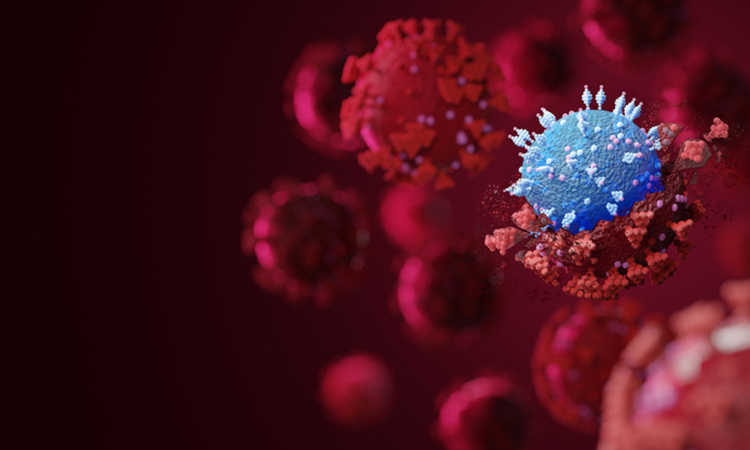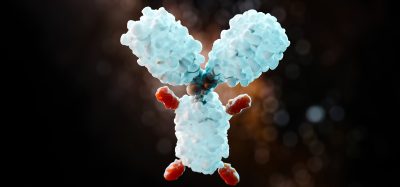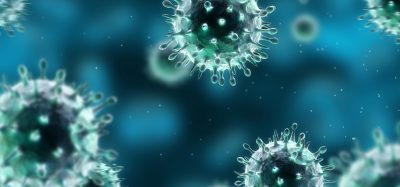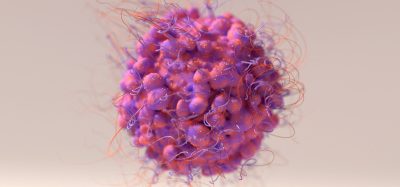Immune molecules from a llama could provide protection against COVID-19
Posted: 29 June 2022 | Ria Kakkad (Drug Target Review) | No comments yet
Researchers have shown that tiny, robust immune particles derived from a llama’s blood could provide strong protection against every COVID-19 variant.

A new study by Mount Sinai, US, has highlighted that tiny, robust immune particle derived from a llama’s blood could provide strong protection against every COVID-19 variant, including Omicron, and 18 similar viruses including SARS-CoV-2 and SARS-CoV-1, which was responsible for the 2003 SARS outbreak. The findings were recently published in Cell Reports.
Compared to the rest of the animal kingdom, llamas, camels, and alpacas have unique immune systems: they produce antibodies with a single polypeptide chain instead of two. This construct results in antibodies that are roughly one-tenth the size of normal ones, are exceptionally stable, and can firmly bind to disease targets. Because of these unique properties, researchers can readily link multiple nanobodies like a daisy chain, so if a virus attempts to escape by mutating, another nanobody is ready to keep it in check.
The lead author of the study, Dr Yi Shi, continued to explain: “Their superior stability, low production costs, and the ability to protect both the upper and lower respiratory tracts against infection mean they could provide a critical therapeutic to complement vaccines and monoclonal antibody drugs if and when a new COVID-19 variant or SARS-CoV-3 emerges.”
As part of the research the team immunised a llama, named “Wally,” with the SARS-CoV-2 receptor binding domain (RBD), the short fragment or spike of the virus that latches onto the protein on the surface of human cells to gain entry and spread infection. They found that repeated immunisation with the RBD resulted in Wally producing nanobodies that recognised not just SARS-CoV-2, the virus that causes COVID-19, but a vast array of other coronaviruses—conferring what researchers referred to as “super-immunity.” From this discovery, the team isolated and validated a large repertoire of highly potent antiviral nanobodies effective against a broad spectrum of SARS-like viruses.
“We learned that the tiny size of these nanobodies gives them a crucial advantage against a rapidly mutating virus,” explained co-author Dr Ian Wilson. “Specifically, it allows them to penetrate more of the recesses, nooks, and crannies of the virus surface, and thus bind to multiple regions to prevent the virus from escaping and mutating.”
From this, the team designed an ultrapotent nanobody that can simultaneously bind to two regions on the RBD of SARS-like viruses to prevent mutational escape. The resulting molecule (PiN-31) is extremely stable and, in its aerosolised form, can be used as an inhaled treatment or spray, which the same team showed in previous work can be effective against SARS-CoV-2.
“While more research is needed, we believe that the broad protection, ultrapotent nanobodies we were able to isolate in the lab can be harnessed for use in humans,” concluded Shi. “We strongly believe that the novel, inhalable, and extremely potent nanobodies we’ve discovered can meet that demand on a global scale, particularly in developing countries that are most vulnerable to viruses and the lack of therapies to treat them.”
Related topics
Antibodies, Molecular Biology, Vaccine
Related conditions
Covid-19
Related organisations
Mount Sinai
Related people
Dr Ian Wilson, Dr Yi Shi







